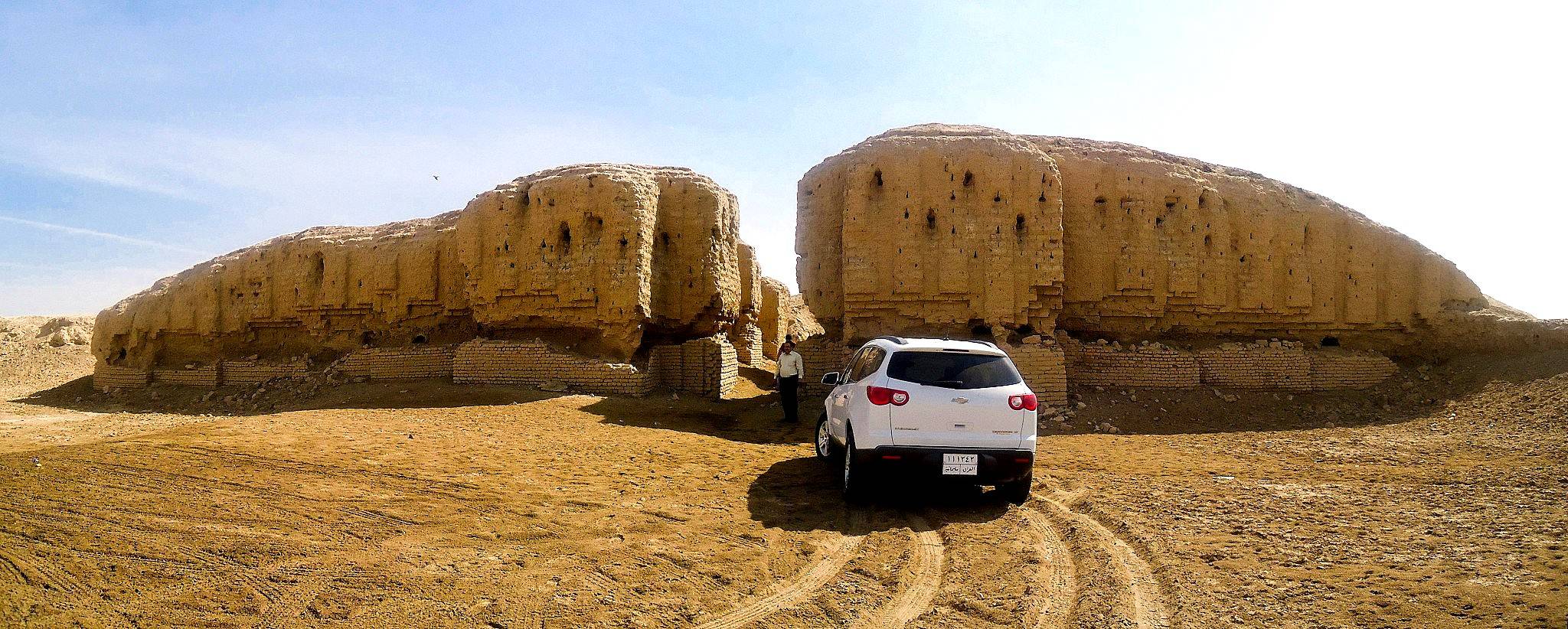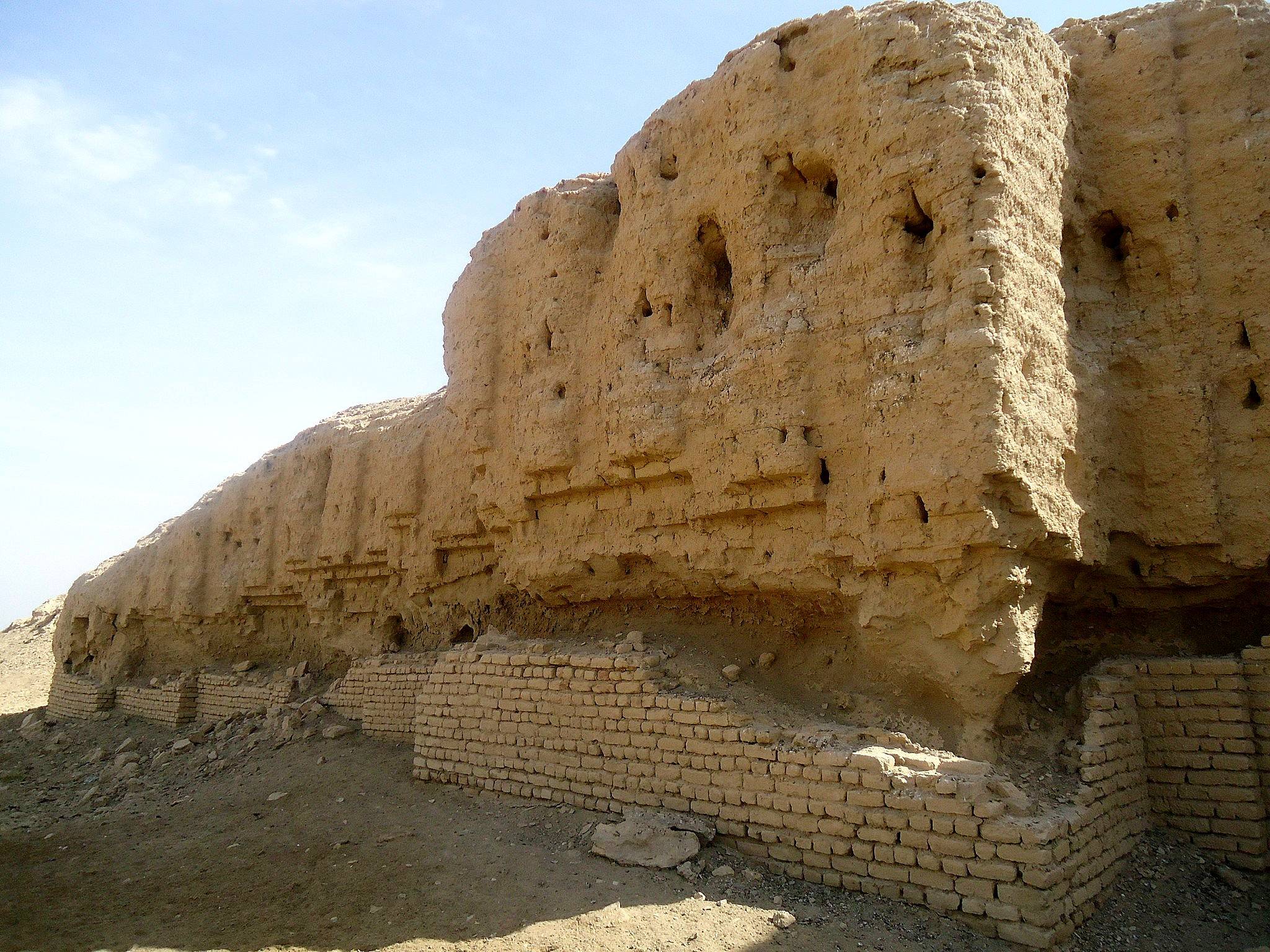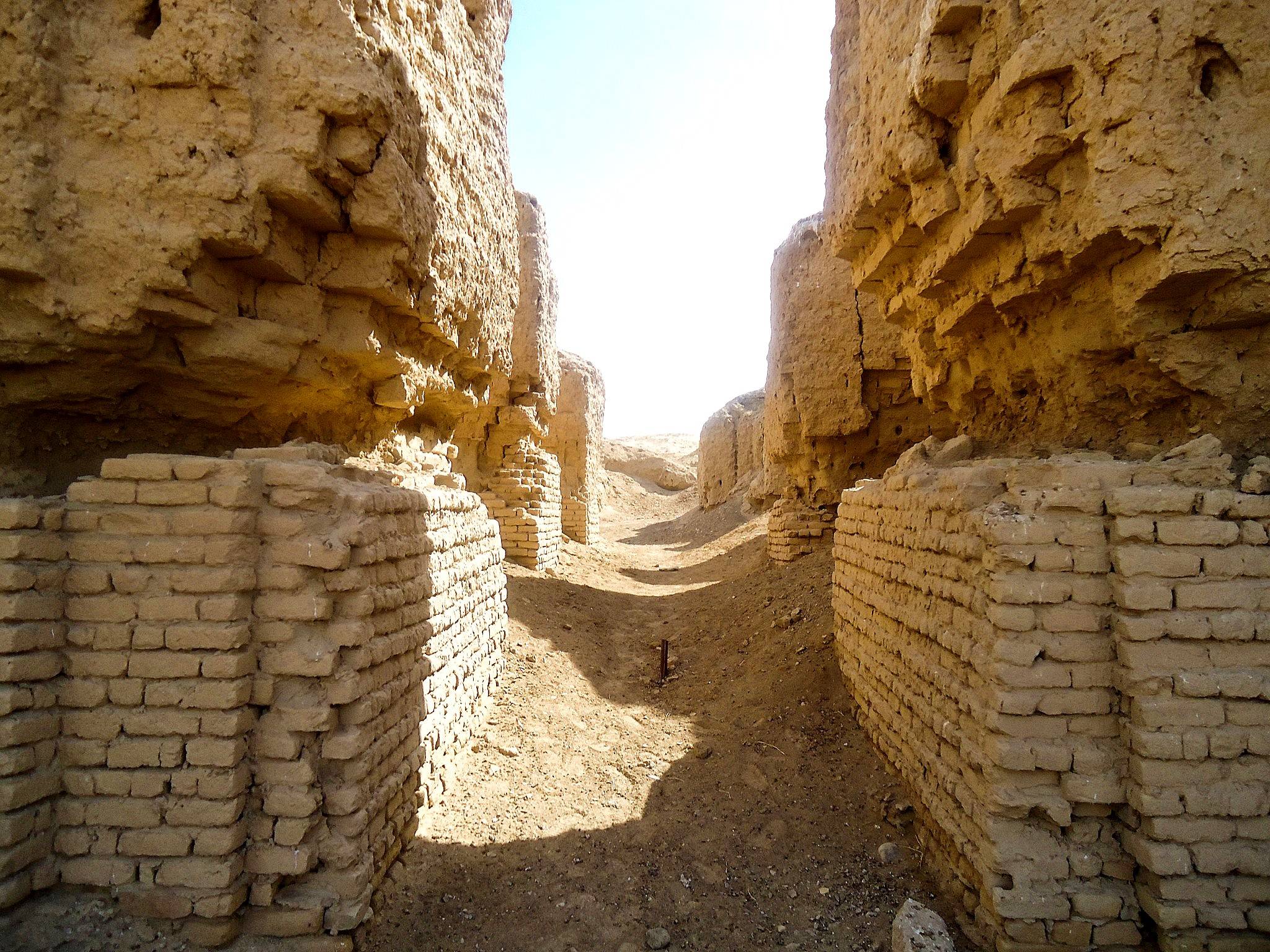The Archaeological Significance of Kish in Sumerian Civilization
Kish, an ancient city located in the Babil Governorate of Iraq, stands as a testament to the rich history and cultural advancements of the Sumerian civilization. Situated 80 km south of Baghdad and 12 km east of Babylon, Kish’s strategic location contributed to its prominence throughout various periods, from the Ubaid period (c.5300–4300 BC) to the Hellenistic period. This blog post delves into the historical and archaeological significance of Kish, shedding light on its role in the early development of urban civilization in Mesopotamia.
Get your dose of History via Email
Early Dynastic Period and the Sumerian King List
Kish’s historical importance is highlighted by its mention in the Sumerian king list, where it is noted as the first city to have kings post-deluge. The city reached its zenith during the Early Dynastic Period, expanding to an impressive 230 hectares. The patron deity of Kish during this time was Ishtar, with her temple, E-hursag-kalama, serving as a religious center. However, by the Old Babylonian period, the patron deities shifted to Zababa and his consort, the goddess Bau, along with Istar, indicating a dynamic religious landscape.

Archaeological Discoveries and the First Dynasty of Kish
Archaeological evidence has confirmed the existence of Enmebaragesi, the twenty-first king of Kish, who is famed for capturing the weapons of Elam. His reign, along with that of his son Aga of Kish, marks a significant period in Kish’s history, showcasing its military prowess and political significance. Despite the challenges in identifying rulers from archaeological finds alone, the discovery of artifacts such as the sleeve of an Early Dynastic II bronze sword and a statue fragment at Nippur provide insights into the city’s early rulers and their influence beyond Kish.
Decline and Political Symbolism
Despite its decline in economic and military power, Kish retained a strong political and symbolic significance throughout Mesopotamian history. Its influence extended to the city of Ebla near the Mediterranean Sea, as evidenced by the Ebla tablets. The city’s symbolic value was such that rulers from various Mesopotamian cities, including Akkad, Ur, and Babylon, adopted the title “King of Kish” to legitimize their dominance over the region.

Old Babylonian Period and Beyond
During the Old Babylonian period, Kish came under the control of Babylon, marking a significant shift in its political landscape. The construction activities of rulers such as Hammurabi and Samsu-iluna highlight Babylon’s efforts to integrate Kish into its domain. However, the city’s importance waned over time, with the Kassite dynasty moving the capital from Babylon to Dur-Kurigalzu, leading to Kish’s diminished status.
Archaeological Excavations and Insights
The archaeological site of Kish encompasses approximately 24 square kilometers, with significant mounds such as Uhaimir and Ingharra revealing the city’s extensive history. Excavations have unearthed a wealth of artifacts, including Old Babylonian tablets, Neo-Babylonian monumental buildings, and evidence of Kish’s role in the Uruk Expansion. These findings have provided invaluable insights into the city’s social, economic, and religious practices, contributing to our understanding of early urban development in Mesopotamia.
Conclusion
Kish’s archaeological site offers a unique window into the early stages of civilization in Mesopotamia. Its historical significance, coupled with the wealth of artifacts uncovered through excavations, underscores the city’s role in the development of urban society and the complex interplay of political, economic, and religious factors that shaped the region. As research continues, Kish will undoubtedly continue to reveal more about the fascinating world of the Sumerians and their contributions to human history.
Source:
Wikipedia

